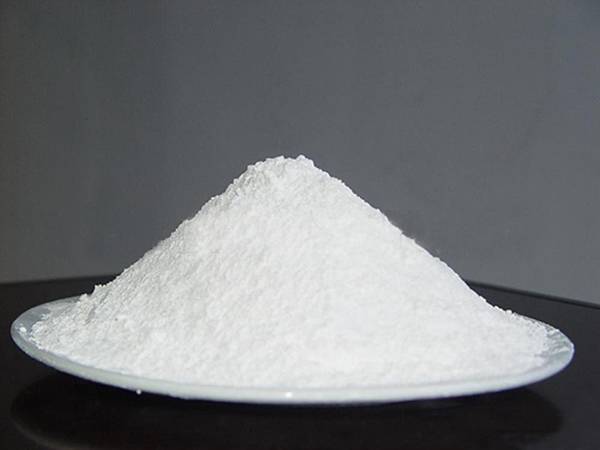



Sodium Bisulfate Solubility and Properties in Aqueous Solutions
Understanding Sodium Bisulfate in Water Properties, Uses, and Safety
Sodium bisulfate, chemically represented as NaHSO4, is a white crystalline powder that is highly soluble in water. It is an important compound with a wide range of applications across various industries. When dissolved in water, sodium bisulfate dissociates into sodium ions and bisulfate ions, resulting in a solution that is acidic. This property makes sodium bisulfate a valuable substance in several practical scenarios.
One of the key uses of sodium bisulfate in water is its role as a pH regulator. In various industrial processes, maintaining the correct pH level is crucial for optimal performance. Sodium bisulfate is often employed in swimming pools to lower the pH level of the water, keeping it within the ideal range for comfort and safety. High pH levels can lead to skin and eye irritation, as well as decreased effectiveness of chlorine sanitizers. By adding sodium bisulfate, pool operators can ensure a safe and enjoyable swimming environment for all.
In addition to its application in swimming pools, sodium bisulfate is widely used in the cleaning industry. It serves as an effective ingredient in household and industrial cleaners. When added to water, it helps break down and dissolve mineral deposits, rust stains, and other contaminants. This makes sodium bisulfate a popular choice for descaling products and other cleaning agents meant for tough stains. Its efficacy in cleaning solutions makes it invaluable for maintenance in various settings, from homes to commercial establishments.
sodium bisulfate in water

Furthermore, sodium bisulfate is employed in the food industry as a food additive, often labeled as E514. It serves multiple functions, including acting as a preservative and acidulant. When dissolved in water, it can help adjust the acidity of food products, thereby enhancing flavor and preserving freshness. It is important for food manufacturers to use sodium bisulfate responsibly; adhering to safety guidelines and regulations is crucial to ensure consumer health.
While sodium bisulfate has many beneficial uses, it is essential to handle it with care. As an acidic compound, it can be corrosive to skin and eyes, leading to irritation or burns upon contact. When working with sodium bisulfate in its powdered form or a concentrated solution, personal protective equipment (PPE) such as gloves, goggles, and masks should be worn to minimize exposure. Moreover, it should be stored in a cool, dry place, away from incompatible substances to ensure safety and stability.
To sum up, sodium bisulfate in water is a versatile compound with a variety of applications, ranging from pH regulation in swimming pools to cleaning and food preservation. Its ability to lower pH levels makes it a valuable ingredient for maintaining optimal conditions in many processes. Nevertheless, caution must be exercised when using this chemical to prevent potential hazards. With proper handling and understanding of its properties, sodium bisulfate can be an effective tool in various industrial and domestic settings.
-
Why Sodium Persulfate Is Everywhere NowNewsJul.07,2025
-
Why Polyacrylamide Is in High DemandNewsJul.07,2025
-
Understanding Paint Chemicals and Their ApplicationsNewsJul.07,2025
-
Smart Use Of Mining ChemicalsNewsJul.07,2025
-
Practical Uses of Potassium MonopersulfateNewsJul.07,2025
-
Agrochemicals In Real FarmingNewsJul.07,2025
-
Sodium Chlorite Hot UsesNewsJul.01,2025










